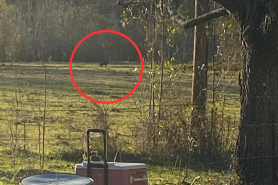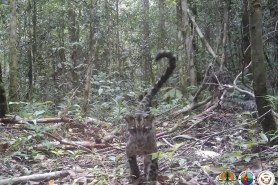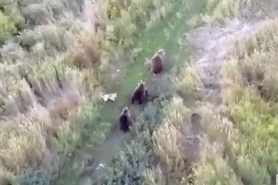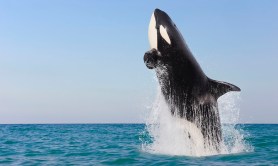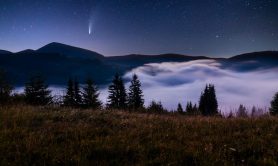

Strap on your hiking boots and buckle up, because these trails are not for the faint of heart—and certainly not for the flip-flop clad. These hikes are the real deal and some of the most dangerous hikes in the U.S., so you should only set out to conquer these hikes if you need to feed your inner adrenaline junkie. Common hiking risks include weather changes, avalanches, falling rocks, hypothermia, heat stroke, dehydration, falling, drowning, and more.
From heart-pounding scrambles up vertical cliffs to treks through maze-like terrain, Mother Nature seemed to have designed these risky hikes just to test your mettle. These trails have earned their reputations as some of the most dangerous hikes in America for good reason. So, if you’re ready to push your limits and court the literal edge of danger, lace up and read on.
Videos by Outdoors with Bear Grylls
Kalalau Trail, Kauai, HI
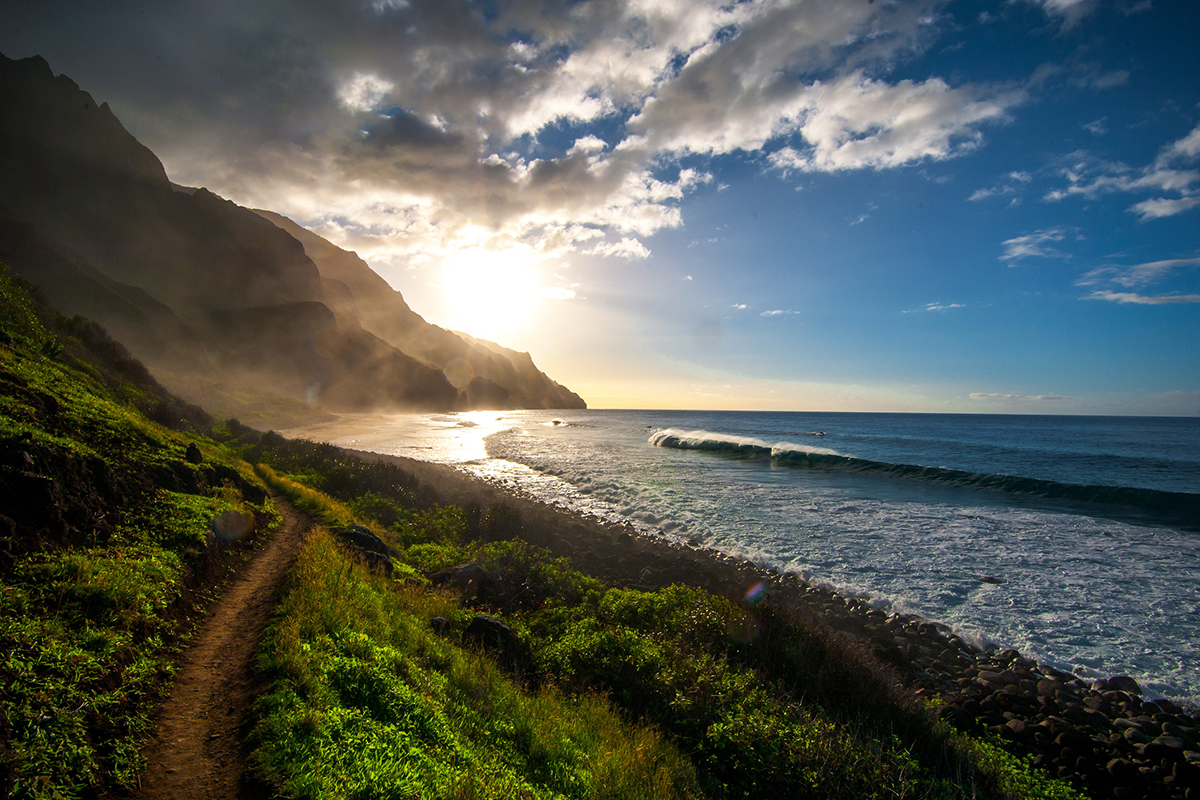
Offering stunning views of the gorgeous Na Pali Coast of Kauai in Hawaii, this narrow, rugged trail may offer spectacular views, but hikers may also face slippery conditions, flash floods, steep drop-offs, and unpredictable weather.
The 11-mile coastal Kalalau Trail is only accessible by hiking or by boat, meaning if something goes wrong, it may be a long wait. Flash floods arriving in mere minutes are common, and at mile seven, hikers reach Crawler’s Ledge, where trekking visitors must literally crawl up an 18-inch-wide dirt ledge.
Guidebook author Kathy Valier feels that the drop-offs may cause hikers terror. “The trail bed is narrow and crumbly, and I’ve talked with many people who have either fallen off the trail or seen it happen,” Valier said.
The trail doesn’t get much better; the stomach-dropping-ledge is followed by sheer drops and great views, which you may miss as you’re busy facing your fears.
Angel’s Landing, Zion National Park, UT
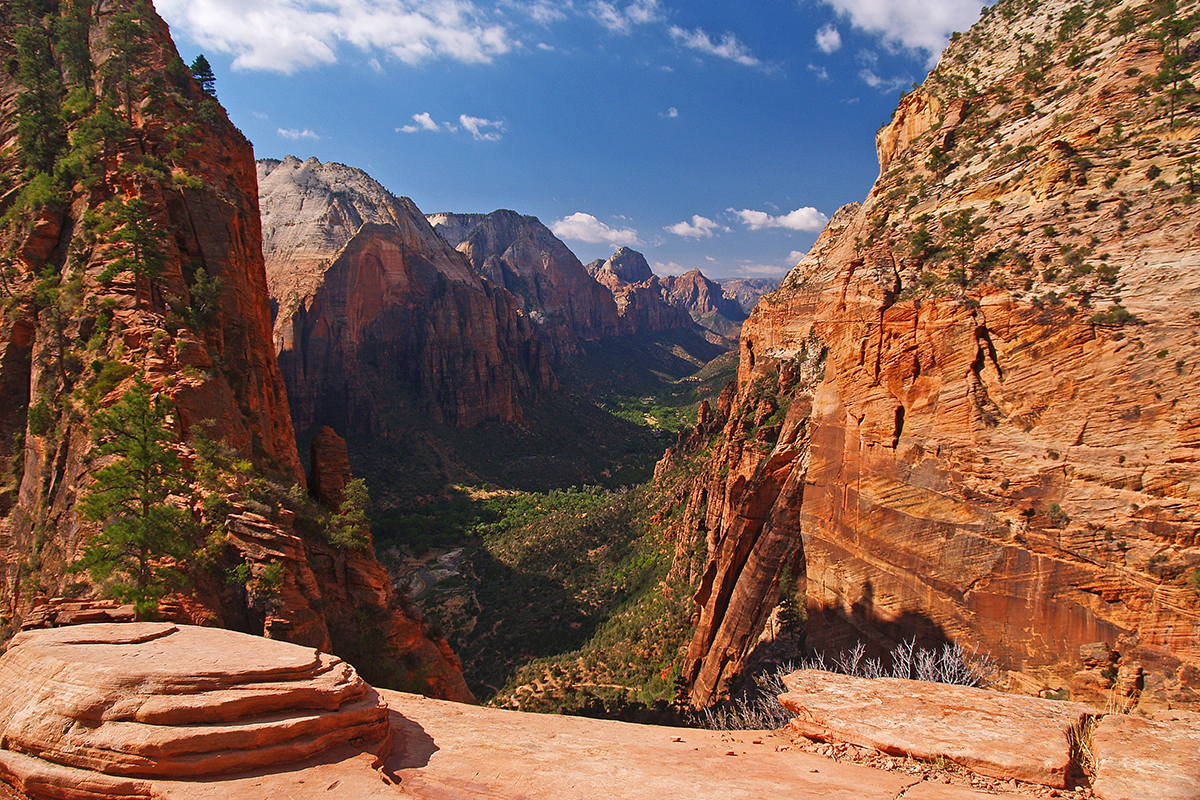
This “must-do” hike in Zion National Park, the Angel’s Landing Trail is famed for its terrifying final stretch of scrambling up a narrow rock spine only accompanied by a thin chain to hold onto. The trail is not recommended for children. Hikers look from side to side and swallow their fear, braving the 1,000-foot drop-offs on both sides. The Angel’s Landing Trail has been often nicknamed one of the deadliest trails in the U.S. The trail has become extremely crowded and, as of 2022, it has a permit system to regulate traffic and prevent the trail from becoming dangerously packed.
The Mist Trail to Half Dome, Yosemite National Park, CA
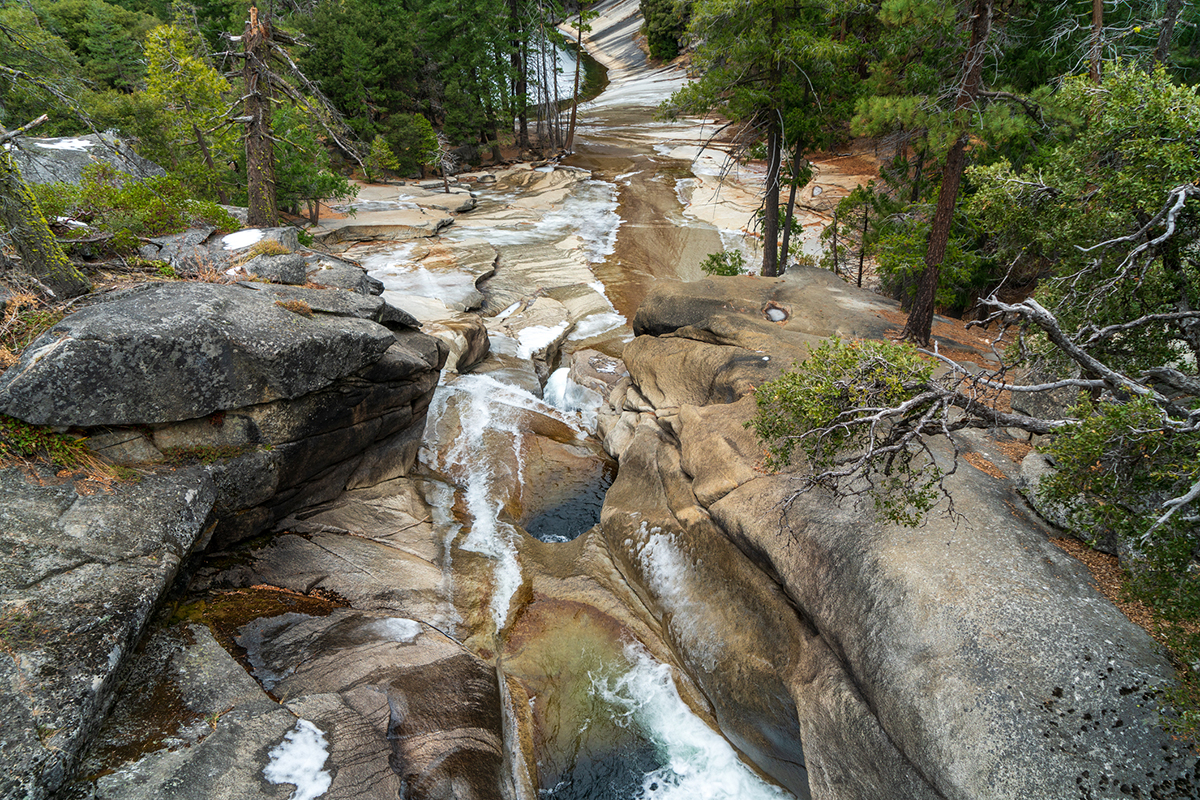
Yosemite National Park is one of the most well-known parks in the world, and for good reason. The views of the park from the top of the Half Dome are unbeatable. Attracting thousands of hikers each year, the Mist Trail to Half Dome lands trekking travelers at the 8,836 peak. The dangerous Mist Trail is 14.2 miles and requires an attentive, experienced hiker. Within four hours of starting the climb, hikers can gain 1,463 vertical meters, another danger for those sensitive to elevation gain.
Visiting hikers weave through pine forests, cascading waterfalls, and then embark on the most difficult part of the trail—a vertical staircase and steel cables for the final ascent. Hikers ascend 400 feet of steep granite dome on the cables, using physical strength to propel themselves towards the summit, hoping their arms and legs don’t fail them.
Since 1995, six deaths have occurred at Half Dome, including one when a hiker attempted to pass other climbers on the cables. Other risks include slippery rocks and the more common hiking hurdles like heat stroke, dehydration, and extreme fatigue.
The trail as a whole claimed 14 lives from 2003-2013, and each year the trail requires multiple rescues.
The Maze, Canyonlands National Park, UT
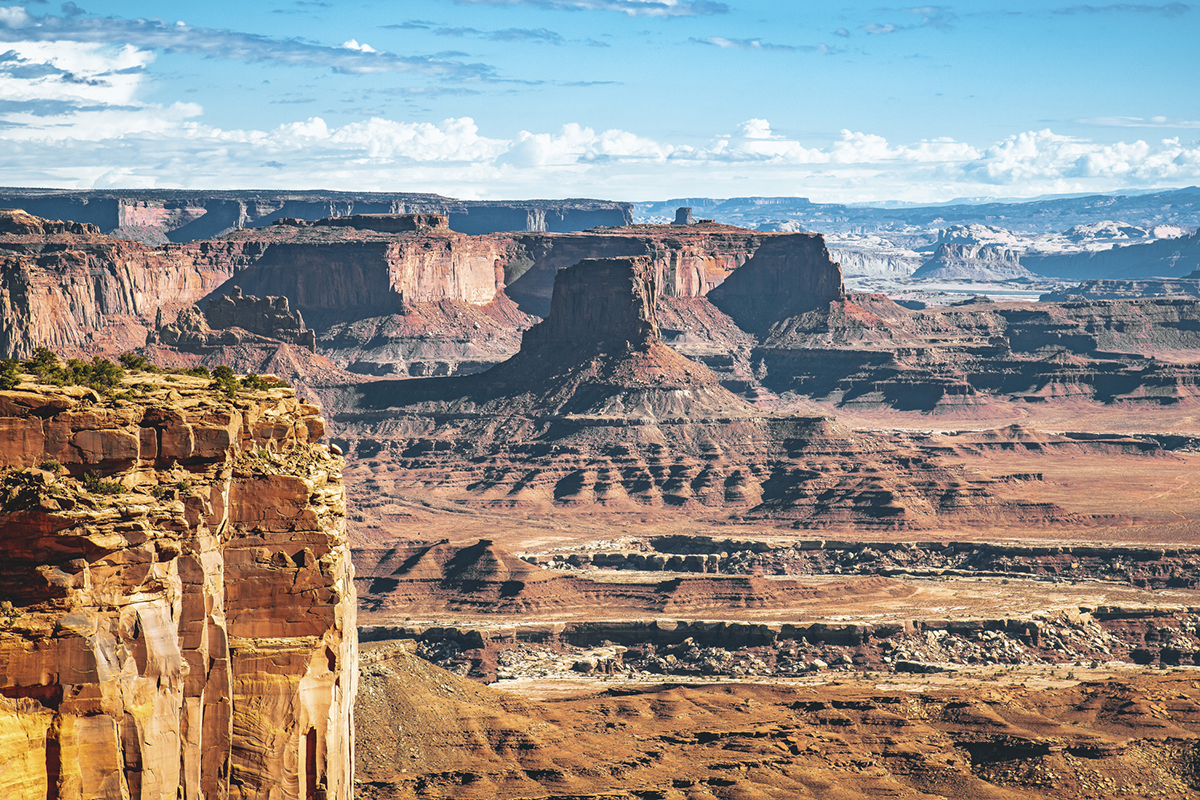
Aptly named, the Maze requires expert planning and navigational skills, since there are no trail markers. If you’re bold enough to risk getting lost in the maze, you better be confident in your map-reading abilities and survival skills.
The Maze is in Utah’s beautiful Canyonlands National Park. The hiking risks for taking on this tricky trail include heat stroke, falls, exhaustion, and getting lost.
The 13.5-mile path isn’t focused on elevation gain but rather enduring endless sandstone walls and battling heat over 100 degrees Fahrenheit, depending on the time of year. Canyonlands park ranger Paul Henderson even stated: “This is not the place for inexperienced hikers,” as it could take multiple days for a rescue team to reach someone on the trail.
This hike has not claimed many lives like some of the other trails on this list, but this may be because the intimidating dead-end canyons likely keep beginners away. As you wander in and out of the canyons and your body and mind tire, all the red sandstone begins to look the same. Do you think you could make it out unscathed?
Abrams Falls, Great Smoky Mountains, TN

Likely the shortest of these dangerous hikes, this seemingly easy 2.5-mile trek crosses streams, waterfalls, sickening heights, and narrow passages, but it’s the powerful flash floods that should really strike fear into the hearts of hikers.
Unsuspecting visitors can be swept away by these flash floods, plus the slippery terrain can send hikers hurdling over cliffs. Around 60 people have died on the trail since the park opened in the 1930s. In a list of fatalities in the park, the number for drowning and falling is near 80.
Bright Angel Trail, Grand Canyon, AZ

People from all over the world travel to see the incredible Grand Canyon, a breathtaking masterpiece of nature, but not all people realize if they take on the Bright Angel Trail, they are also playing with death.
One of the most coveted hiking journeys, nearly every Grand Canyon tourist longs to embark on the 9.5-mile trek, which is not for the faint of heart.
Park Service rangers recommend against trying this rim-to-floor hike in one day as temperatures soar above 100 degrees Fahrenheit with minimal shade. With an over 4,300-foot descent to the bottom and then back up 4,000 feet, around 250 people a year require a rescue from this trail.
Muir Snowfield, Mount Rainier, WA
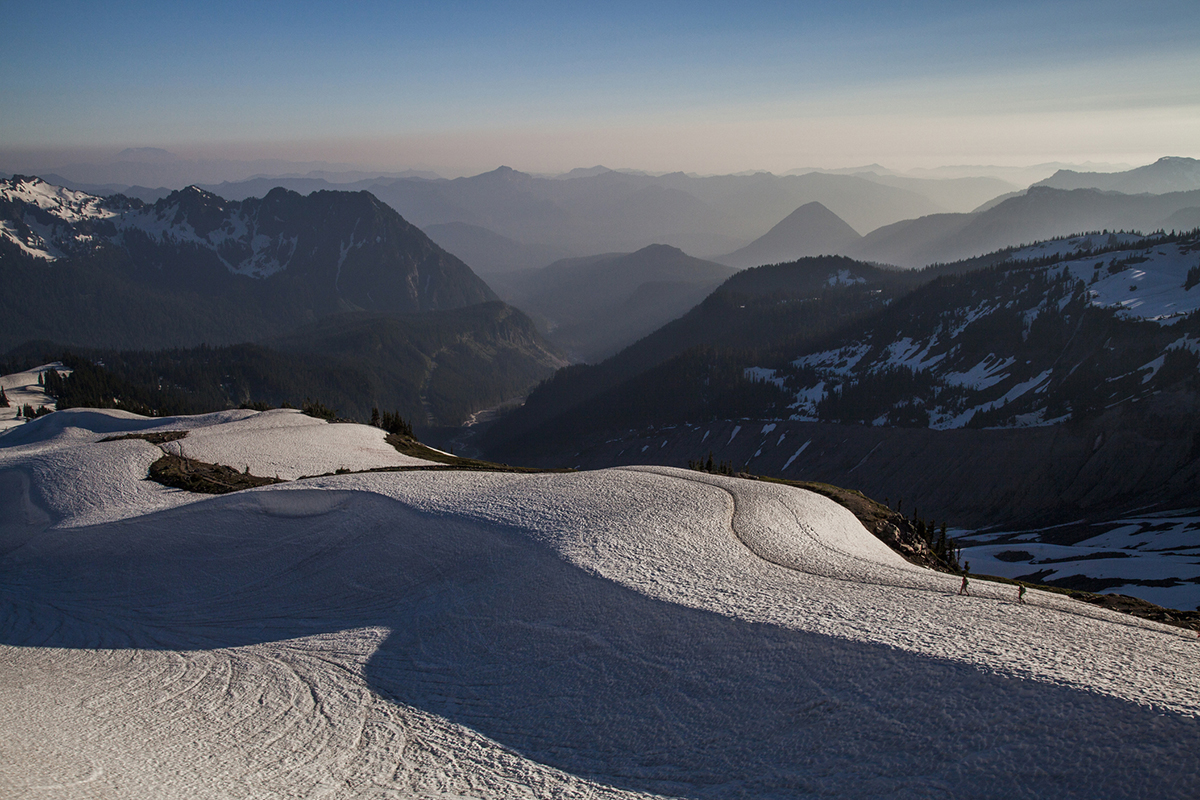
The path to the Muir Snowfield on Mount Rainier may pass through a wildflower meadow, but soon you’ll reach snow. A portion of ascending Mount Rainier includes hiking to the Muir Snowfield, which requires tedious preparation, including equipment for dealing with snow and ice.
With its rapidly changing weather and a challenging vertical climb, this trail is most certainly one of the most dangerous trails in the U.S. You’ll gain 2,800 vertical feet of elevation to reach 14,410 feet. Common dangers include slipping, freezing, and blinding fog that has caused people to walk off cliffs, unable to see.
Mount Rainier warns of extreme and fast weather changes, hypothermia, avalanches, and falling rocks—and, on top of that all, it’s a volcano. The National Park Service reported 400 deaths on Mount Rainier in Washington of which only 25% were climbers.



